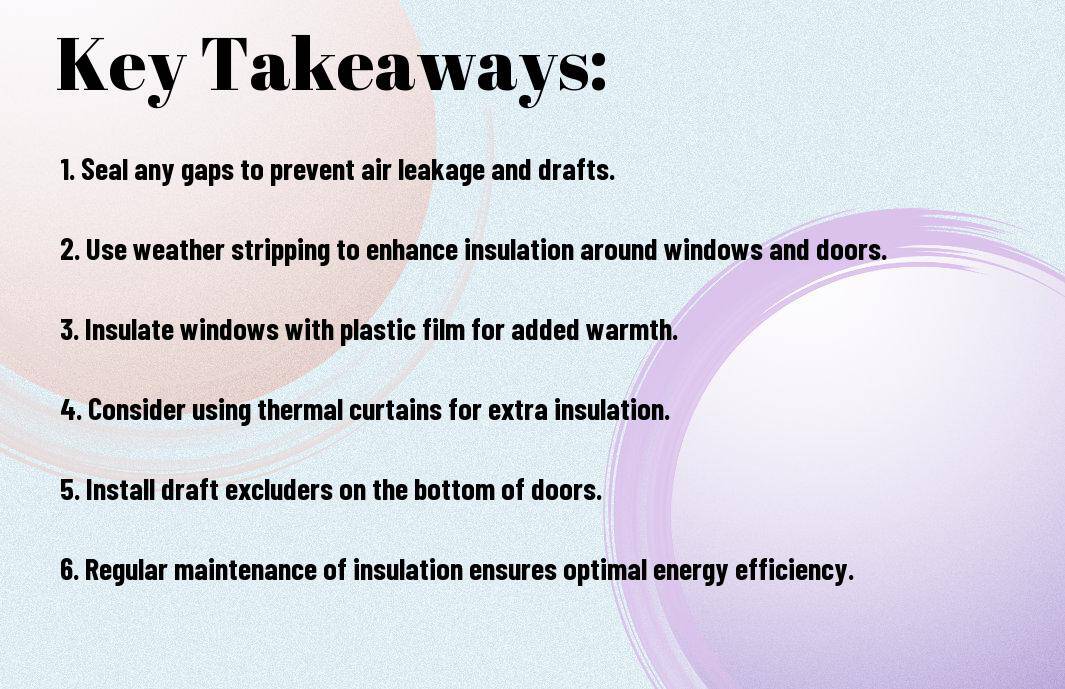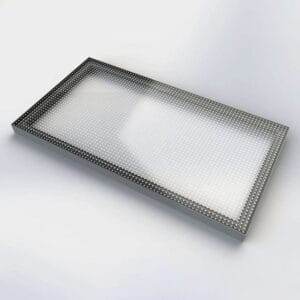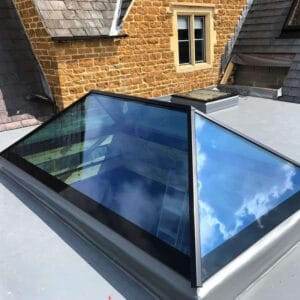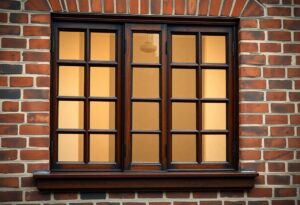Obtaining proper insulation for your windows and doors is crucial in maintaining a comfortable and energy-efficient home. Poor insulation can lead to heat loss, draughts, and increased energy bills. In this blog post, we will discuss DIY insulation techniques that can help you tackle these issues effectively and affordably. We will cover sealing gaps, using weather stripping, and installing thermal curtains or blinds as effective methods to improve the insulation of your windows and doors. By the end of this post, you will have a clear understanding of the importance of proper insulation and the knowledge to implement these DIY techniques to upgrade your home’s energy efficiency.
Key Takeaways:
- Proper insulation for windows and doors is crucial for maintaining a comfortable and energy-efficient home.
- DIY methods such as weatherstripping, caulking, and using insulating window film can help improve insulation and reduce energy costs.
- Regular maintenance of insulation materials is necessary to ensure long-term effectiveness.
- Consider professional help if DIY techniques are not sufficient or if there are significant insulation issues.
- Investing in quality materials for insulation can lead to long-term cost savings and improved home comfort.

Insulating Your Windows
When it comes to improving the insulation of your home, windows are often a major source of heat loss. Properly insulating your windows can help to reduce energy bills and keep your home more comfortable. There are several DIY techniques for insulating windows that can make a significant difference.
Draft-Detecting Techniques
Detecting drafts around your windows is the first step to improving insulation. On a windy day, use a lit candle or incense stick to carefully move around the edges of the windows. If there is a draft, it will cause the flame or smoke to flicker. Identifying these drafty areas will help you determine where to focus your insulation efforts.
DIY Window Insulation Film Installation
Using window insulation film is a popular and cost-effective method for improving insulation and reducing drafts. The film is easy to install and creates a barrier against cold air. It can also help to reduce condensation on the windows, improving the overall comfort of your home.
For more information on the benefits and installation of window insulation film, read on.
Weatherstripping for Windows
Weatherstripping is an effective way to seal gaps and reduce air leakage around windows. It involves applying a strip of material to the edges of the window to create a tight seal when closed. This can help to improve energy efficiency and reduce heat loss.
For more information on the different types of weatherstripping and their installation, continue reading.
Thermal Curtains and Shades
Using thermal curtains or shades can provide an extra layer of insulation for your windows. These specially designed coverings can help to reduce heat loss and keep your home warmer during the colder months. They are also effective at blocking out light and reducing outside noise.
For more information on the benefits and installation of thermal curtains and shades, keep reading.
Caulking Windows for Air Leaks
Caulking is an essential step in sealing any gaps or cracks around your windows. It can be used to prevent air leaks and reduce condensation. Properly applied caulking can make a significant difference in the overall energy efficiency of your home.
For more information on how to properly apply caulking for air leaks, continue reading.

Door Insulation Projects
When it comes to insulating your home, doors are often a major source of heat loss. By properly insulating your doors, you can improve energy efficiency and reduce your heating bills.
Identifying Areas of Air Infiltration in Doors
Before starting any insulation project, it’s important to identify the areas where air can enter or escape from your doors. Check for gaps around the door frame, as well as any cracks or holes in the door itself. Addressing these areas is crucial for effective insulation. For more tips on identifying air infiltration in windows, visit our DIY Window Insulation Tips for Winter Weather blog post for additional guidance.
Installing Door Sweeps and Thresholds
Door sweeps and thresholds are essential for preventing air leaks under the door. Installing these can significantly reduce heat loss and improve the overall insulation of your home. Make sure to choose high-quality materials that can withstand heavy use and provide a tight seal against the elements.
For more information on choosing the right door sweeps and thresholds for your home, consult with a professional or refer to reputable suppliers for long-lasting, effective solutions.
Applying Weatherstripping to Doors
Weatherstripping is a versatile and cost-effective solution for sealing gaps around doors. Proper application of weatherstripping can effectively block drafts and improve energy efficiency. Choose weatherstripping materials that are durable and suitable for the specific needs of your doors.
For the best results, take the time to thoroughly inspect and prepare the door surfaces before applying weatherstripping. Ensuring a tight seal is essential for achieving optimal insulation.
Using Insulation Kits for Garage Doors
Garage doors are often overlooked when it comes to home insulation, yet they can contribute to significant heat loss. Insulation kits designed specifically for garage doors can help maintain a consistent temperature and reduce energy consumption. These kits are easy to install and can make a noticeable difference in the comfort of your home.
Consider consulting with professionals or reputable suppliers to find the most suitable insulation kits for your garage doors. Investing in high-quality insulation solutions is key for long-term energy savings.
Additional Insulation Tips and Tricks
When it comes to DIY insulation techniques for windows and doors, there are a few additional tips and tricks that can further enhance the energy efficiency of your home. Consider implementing the following strategies:
- Utilise insulating window film to create an extra barrier against heat loss and draft exclusion.
- Explore thermal curtains or blinds to add an extra layer of insulation to your windows and doors.
- Seal any gaps or cracks around your windows and doors with caulk or weather-stripping to prevent air leakage.
- Consider double glazing your windows for improved insulation and soundproofing.
Assume that Insulate Old Windows Without Replacing for more in-depth information on this topic.
Energy-Efficient Glass Options
Choosing the right type of glass for your windows and doors is crucial in maximising insulation. Low emissivity (Low-E) glass and argon-filled double glazing are excellent choices to consider.
Insulating Window and Door Frames
While focusing on the glass is important, do not overlook the significance of properly insulating the frames. Use expanding foam sealant to fill any gaps or spaces, and consider reinforcing the frames with weather-resistant materials for added protection.
For more detailed instructions on how to insulate window and door frames, refer to relevant resources such as the aforementioned blog post on Insulate Old Windows Without Replacing.
The Role of Door and Window Maintenance in Insulation
Maintaining your doors and windows is essential for ensuring proper insulation. Regularly check for cracks, warping, or rot and address any issues promptly to prevent air leakage and heat loss.
For more information on door and window maintenance, consult resources such as the aforementioned blog post on Insulate Old Windows Without Replacing.
Seasonal Insulation Considerations
It’s important to note that your insulation needs may vary depending on the season. Conduct regular inspections and adjustments to your insulation materials and methods to ensure optimal performance throughout the year.
For more tips on seasonal insulation considerations, refer to resources such as the aforementioned blog post on Insulate Old Windows Without Replacing.
 “
“
DIY Insulation Techniques for Windows and Doors
In conclusion, implementing DIY insulation techniques for windows and doors can significantly improve the energy efficiency of a household. By properly sealing gaps and cracks, using insulating window films, and adding weather stripping, homeowners can reduce heat loss and lower their energy bills. It is important to carefully assess the condition of windows and doors before deciding on the appropriate insulation methods, and to follow the proper installation instructions to ensure effectiveness. With the right approach, DIY insulation can provide a cost-effective solution for improving comfort and reducing energy consumption in homes. It is important to regularly maintain and monitor the effectiveness of the insulation to ensure long-term energy savings and comfort.”
DIY Insulation Techniques for Windows and Doors
Q: Why is it important to insulate windows and doors?
A: Insulating windows and doors helps to keep your home warm in winter and cool in summer, reducing energy costs and creating a more comfortable living environment.
Q: What are some DIY insulation techniques for windows?
A: You can use weather-stripping to seal gaps around windows, apply window film to reduce heat loss, and use thermal curtains to provide additional insulation.
Q: How can I insulate my doors effectively?
A: Install door sweeps to seal the gap between the bottom of the door and the floor, use foam tape to seal gaps around the door frame, and consider using a draft excluder to prevent cold air from entering.
Q: What materials can I use for window and door insulation?
A: For windows, you can use products like silicone sealant, weather-stripping, and window film. For doors, materials such as foam tape, door sweeps, and draft excluders are effective for insulation.
Q: Are there any long-term benefits to DIY insulation techniques for windows and doors?
A: Yes, insulating windows and doors can lead to energy savings, reduced environmental impact, and increased comfort in your home. Additionally, it can help prolong the life of your heating and cooling systems by reducing their workload.













